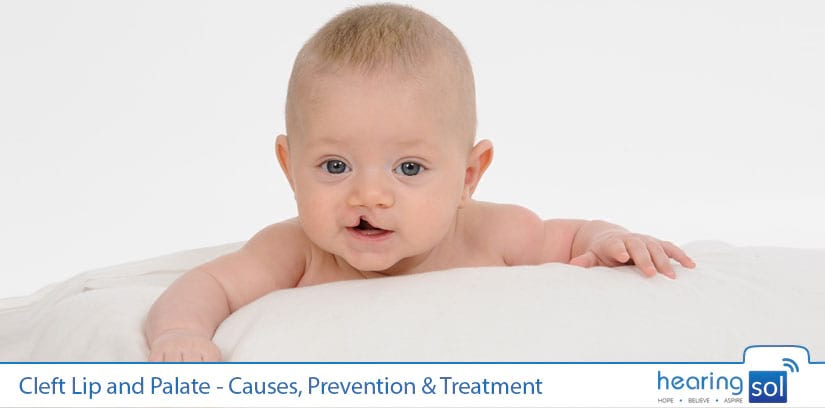
If you need any assistance or have a question about Cleft Lip and Palate, you can consult our HearingSol experts with your problem, feel free to call us on +91-9327901950. We are always here to help you.
What Is Cleft Lip And Cleft Palate?
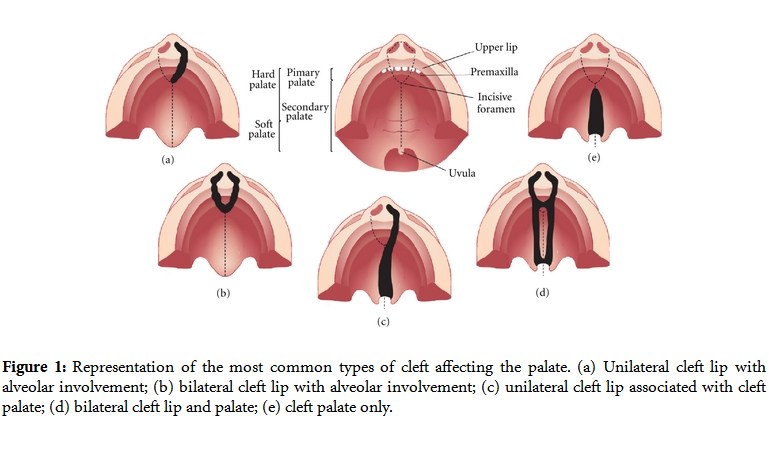
A) Cleft Lip
A cleft means a divide or a split. Here cleft lips mean when a baby is born with an opening in the upper lip. It occurs when a baby’s lip does not form properly during pregnancy. It is a common birth defect.
A cleft lip may be a small slit or a wide or large opening, going through the lip into the nose. It can happen on one side (Unilateral Cleft Lip), both side or middle of the lips (Bilateral Cleft Lip).
During birth, the joining of tissues from head to center of the face helps in making the facial features like the lips and mouth. If the tissue that makes up the lips does not join properly than cleft lip happens.
Children with cleft lips also having a chance of cleft palate.
B) Cleft Palate
Cleft palate happens when the tissues which are used to make up the roof of the mouth do not join together properly during pregnancy. The roof of the mouth is likely to form in the first 9 weeks of pregnancy.
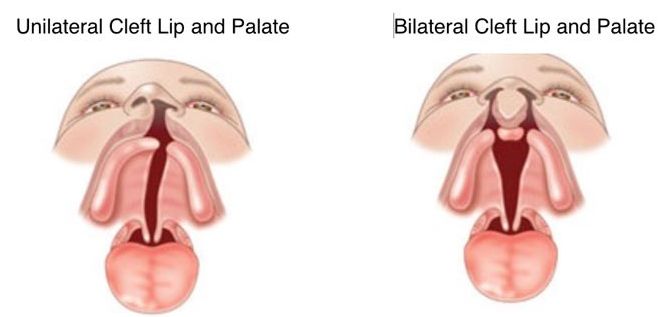
In some babies both front part (Just upper the tongue) and back part (to the throat) of the palates are open and in some baby’s only one part is opened whether it is front or back.
A baby having a cleft lip or cleft palate can have different types of complications that are given below.
Complications Of Cleft Lip Or Palate
Sometimes cleft lips and palates can cause a number of issues, especially in the first few months, before surgery. These issues are:
1. Problem In Feeding
It becomes difficult to feed a baby with a cleft lip or palate because the baby might not be able to suck properly due to incomplete formation of the roof of the mouth.
They can’t even feed with a bottle because they are not able to form a good seal with their mouth. Luckily, specially-designed bottles and nipples for baby’s are available that helps fluids to flow downwards, towards the stomach.
2. Ear Infection Or Hearing Problem
Ear infections are usually caused by problems in the tubes that connect the middle ear to the throat that is a Eustachian tube. And when this infection keeps coming back, this can lead anyone to the hearing loss.
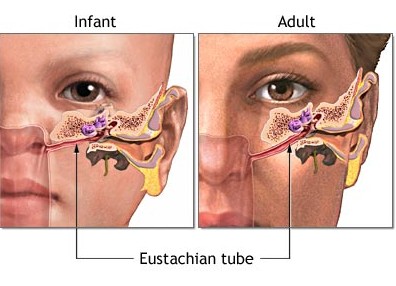
Babies with cleft lip or palate are more likely to occur ear infection because they can have a problem in their eustachian tube too. To get prevention from this, a special tube will be placed in the eardrums for drainage of fluid.
3. Speech Problem
A child with a cleft lip or palate can have trouble speaking. These children’s voices may take on a nasal sound and also the speech may be hard to understand.
Not all children with cleft lip have this problem, and this can be fixed through surgery. In addition, a special doctor of speech problem whom we called a speech pathologist, will work with the child to solve speech difficulty.
4. Dental Problems
Children with a cleft lip or palate are more likely to have a larger number of cavities. They often missing, extra, displaced, or malformed teeth. Alveolar ridge defect is also found in most cases of cleft palate.
It is the bony upper gums that contain teeth and a defect in this can displace or rotate permanent teeth, stop permanent teeth from appearing, stop the formation of the alveolar ridge. In this case, concern an Orthodontist.
No matter whether it is a Cleft lip or a Cleft palate, both of these are treatable. But first, take a look at possible causes of these clefts.
Causes Of Cleft Lip And Palate
Cleft lip and cleft palate commonly occur as isolated birth defects but are also associated with many inherited genetic conditions or syndromes. Cleft lip and cleft palate can also be corrected through effective treatment.
During the first 6 to 10 weeks of pregnancy, the bones and tissues of a baby’s upper jaw, nose, and mouth usually come side by side to form the roof of the mouth and the upper lip.
A cleft happens when parts of the lip and mouth do not completely fuse or form together. Although it still remains a mystery as to how these clefts are developed.
Some causes of cleft and palate are associated with:
- Genes that children inherit from their parents
- Smoking or drinking during pregnancy
- Shortage of Folic acid during pregnancy
- Adipositas during pregnancy
- A reaction of some medicines during pregnancy like seizure medications and steroid tablets
Medical studies and researches show that mothers who binge drink during the first weeks of pregnancy are at a higher risk of giving birth to babies with a facial defect, such as cleft lip and cleft palate.
Diagnosis of Cleft Lip and Palate
Prenatal ultrasound might be preferred if a cleft exists in an unborn child.
If the cleft is not been detected in the ultrasound before the birth of the baby than a physical exam of the mouth, nose, and palate will confirm the presence of cleft lip or palate in the child.
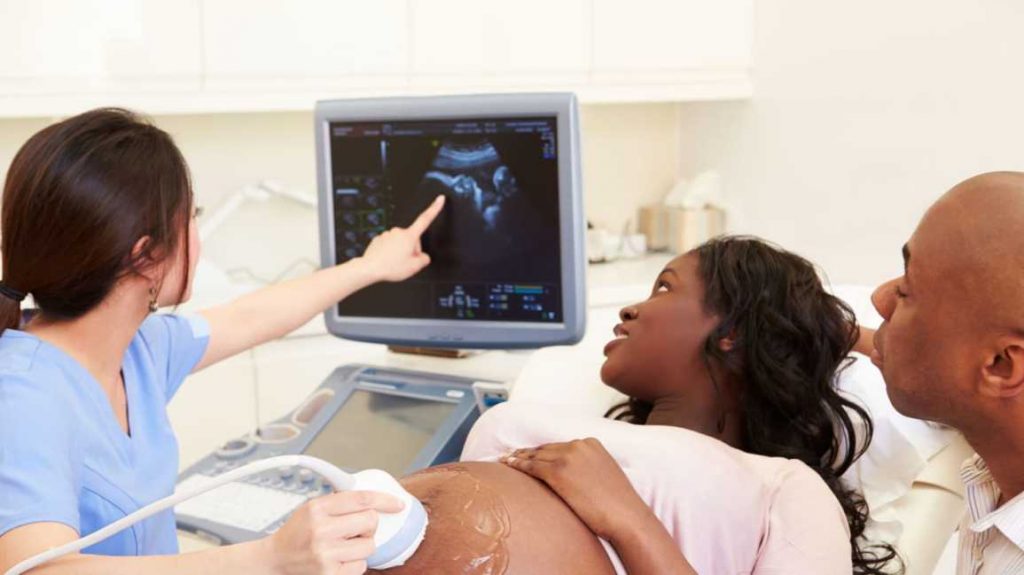
Diagnostic testing can also be preferred which is also used for determining the presence of other abnormalities.
Treatment Of Cleft Lip And Palate
If your child has a cleft lip and/or cleft palate, it is possible to avail treatment at a health-care institution by professional doctors or surgeons. However, the type of treatment depends on the type and severity of the cleft.
A) Cleft Lip
Surgery to treat cleft lip, which is to close the gap between the lip, should happen between 2-3 months after birth. If the cleft is bilateral than two surgeries are needed to close the cleft.
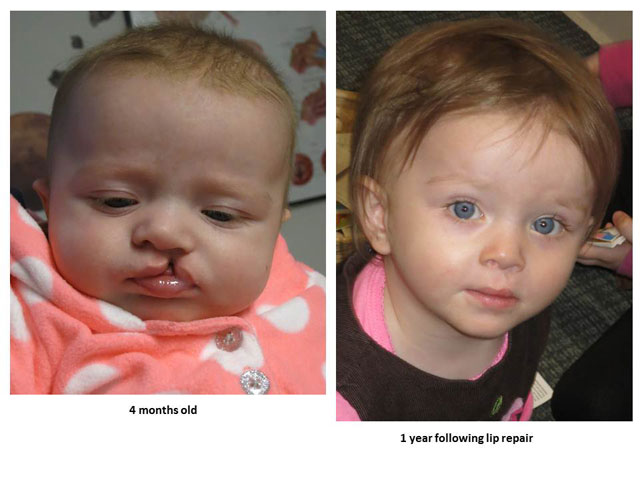
The first surgery for one side and surgery for the other side cleft lip can be performed after a few weeks of the first surgery. An incomplete cleft lip needed the same surgery as a complete cleft.
B) Cleft Palate
A cleft palate can be temporarily covered by a palatal obturator which is a device that fits in the roof of the mouth that covers the gap.
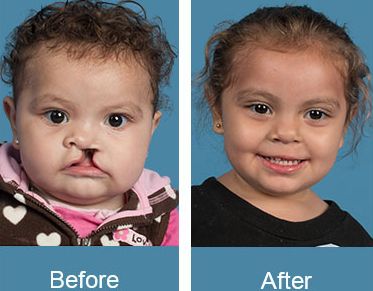
But to fix a cleft palate permanently, surgery is crucial. This surgery has usually performed at the age of 6 to 12 months.
A combination of repeated surgeries and their methods are usually necessary as the child grows up. One of the newest innovations of cleft lip and cleft palate repair is Latham Appliance.
If the Cleft extends to the alveolar ridge than the gap is usually filled by bone tissues. These tissues can be acquired from the patient’s own chin, hip, or rib.
After Surgery Care Plan
Your children might usually have a long-term care plan that will be helpful for their future as they grow up. These are:
- Feeding Support – You will be given advice about positioning the baby on the breast to feed them properly and safely. A specially-designed bottle might be provided to feed your baby.
- Monitoring Hearing – Baby’s born with a cleft palate has an increased chance of ear infection or glue ear which can lead to hearing loss. That is why close monitoring of their hearing is important. If glue ear affects the hearing of your child than to cure it, a hearing aid may be fitted to your child’s ear or a small tube will be placed in your child’s eardrum to drain the fluid.
- Language and Speech Therapy – If your child is born with a cleft palate or lip than there is an increased chance that they will face difficulty in delivering a speech. To resolve this, a speech therapist will monitor your child’s speech and language development throughout their childhood. They will guide them in any kind of problem, related to speech and language.
- Dental Care – Your doctor will give you advice and tips about taking care of your child’s teeth. They might refer you to an Orthodontists who are professional in solving teeth related problems. Braces might be needed if your child’s adult teeth do not come through properly.
These are some after-surgery care tips that you should follow for a better and trouble-free future. Now at last of the article, let’s discuss some prevention tips or risks involved in this that you can reduce.
Prevention Of Cleft Lip And Palate
Cleft lip and cleft palate cannot always be prevented but there are some methods you can use to reduce the risk. They are:
- Get a pre-pregnancy exam to ensure that you are healthy before pregnancy.
- During pregnancy, get regular and complete prenatal care.
- If you are trying to get pregnant, take folic acid.
- During pregnancy, take prenatal vitamins on a daily basis that includes folic acid.
- Don’t smoke or drink alcohol.
- Go to genetic counseling if other members of your family had a cleft lip and palate.
These are some methods that you can try and you definitely should try it if you want a healthy and trouble-free future of your child.
If you need any assistance or have a question about Cleft Lip and Palate, you can consult our HearingSol experts with your problem, feel free to call us on +91-9327901950. We are always here to help you.
Read More:

 Reviewed by Mr. Ranjeet Kumar
Sr. Audiologist, Speech Therapist & Cochlear Implant Specialist, BASLP on
Reviewed by Mr. Ranjeet Kumar
Sr. Audiologist, Speech Therapist & Cochlear Implant Specialist, BASLP on